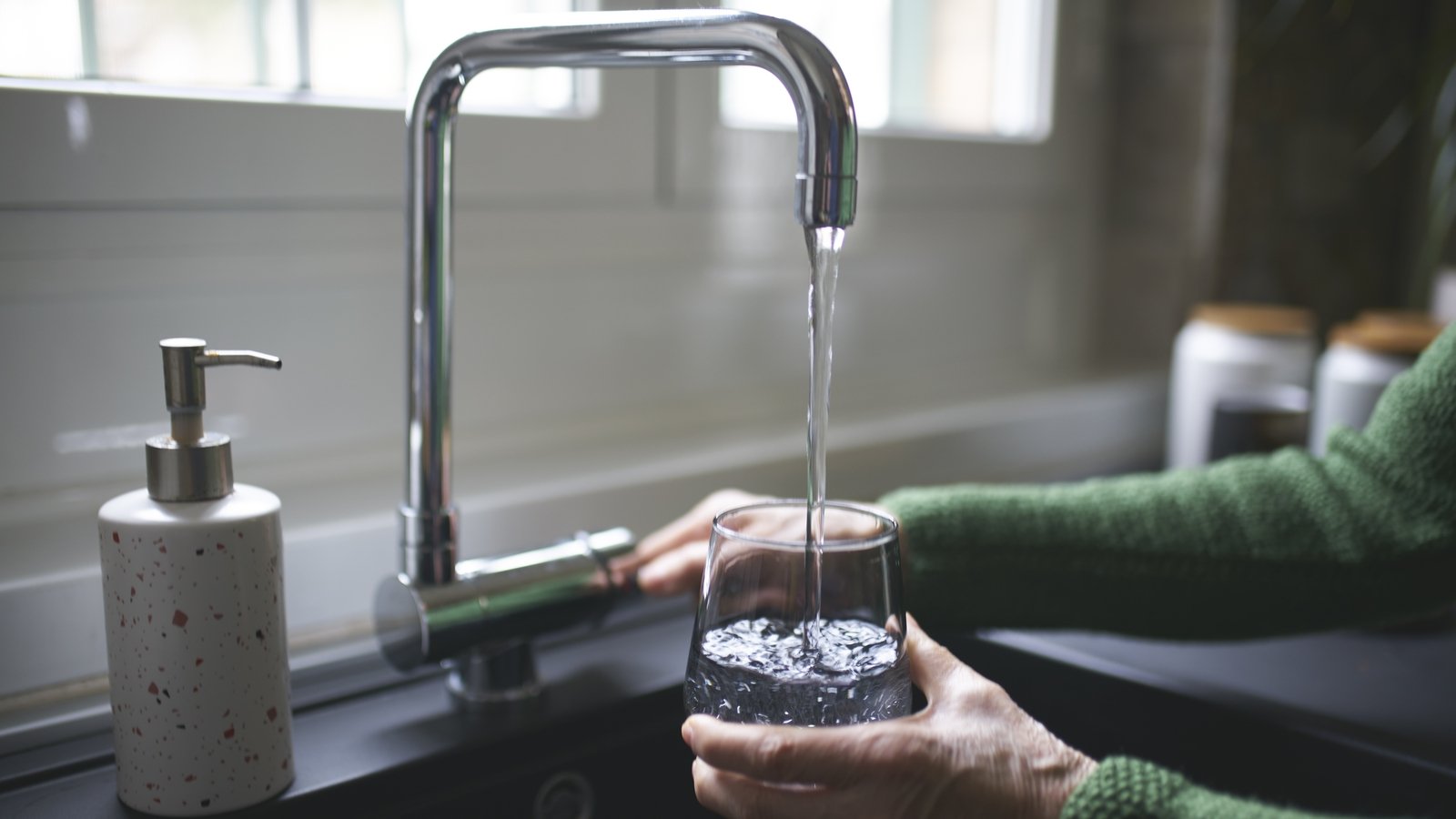World
80,000 more people using ‘at risk’ water supplies in 2023

The Environmental Protection Agency has said there was an increase of 80,000 in the number of people using “at risk” public water supplies last year.
Research by the Environmental Protection Agency said 561,000 people were served by “at risk” public water supplies in 2023, up from 481,000.
It is also an increase of 50% in two years.
The increase is primarily due to the detection of persistent Trihalomethane, which is a chemical compound, and Cryptosporidium, a protozoan organism that causes diarrhoea and gastrointestinal symptoms.
Overall, the EPA has said the quality of drinking water in Ireland is very high.
Over 99.7% of samples passed strict bacterial and chemical limits. This means it is very safe to drink.
However, the EPA has some significant worries when it comes to the reliability and resilience of water supplies.
There were 57 water supplies on the EPA’s Remedial Action List at the end of last year.
This means they are either already disrupted or are highly prone to something going wrong.
Limerick city’s water supply and the Barrow supply account for over 40% of the population affected.
Seven water supplies have been on the list for more than a year without an improvement plan completion date.
In addition to those issues, the EPA is also concerned that 255,000 people were impacted by 91 Boil Water Notices and 12 Water Restrictions announced by Uisce Éireann last year.
Read More: Why you should be collecting and using rainwater
This is a 15% increase in Boil Water notices and a 40% increase in the number of people affected.
The EPA said it is particularly concerned that half of the Boil Water Notices were in place for more than 30 days.
This means they were classed as long-term notices requiring investment in infrastructure to address.
EPA Programme manager Noel Byrne said: “Unfortunately, on the evidence we’re seeing this year the overall number of supplies on the Remedial Action list hasn’t changed.
“The population has gone up and we see the number of long-term Boil water Notices have almost doubled since 2022. We are not seeing the level of improvement that we want to see. That’s why we were calling on Uisce Éireann to address the resilience issues and supplies.”
The EPA also said progress to remove lead from the public water supply network is far too slow.
Uisce Éireann welcomed the EPA Report which it said recognises continued improvements in delivering safe drinking water.
It invested over €530m upgrading Ireland’s drinking water infrastructure in 2023 and ten water supplies removed from EPA Remedial Action List.
It highlighted major project completions, including a new treated water reservoir at Saggart, in Co Dublin and the replacement of over 61,000 lead connections replaced since 2014.
However, it said sustained high levels of investment will be needed across a number of investment cycles to address all legacy issues.
Uisce Éireann’s Head of Water Operations Margaret Attridge said: “Uisce Éireann operates over 700 water treatment plants across Ireland and we are committed to delivering transformative water services which enable communities to thrive.
“The EPA report recognises the ongoing improvements made by Uisce Éireann in testing, monitoring and assessing water supplies and the key role this has played in identifying risks to drinking water quality, and ensuring a safer water supply for all.”
Ms Attridge said: “Where appropriate temporary Boil Water Notices or other restrictions are introduced to protect public health while the problems identified are addressed. Most of the Boil Water Notices imposed in 2023 were in place for less than 30 days.
“Uisce Éireann also continues to make progress in addressing known risks to water supplies which are on the EPA’s Remedial Action List and is progressing plans to address any underlying issues and ensure resilient water supplies for the communities they serve.”










